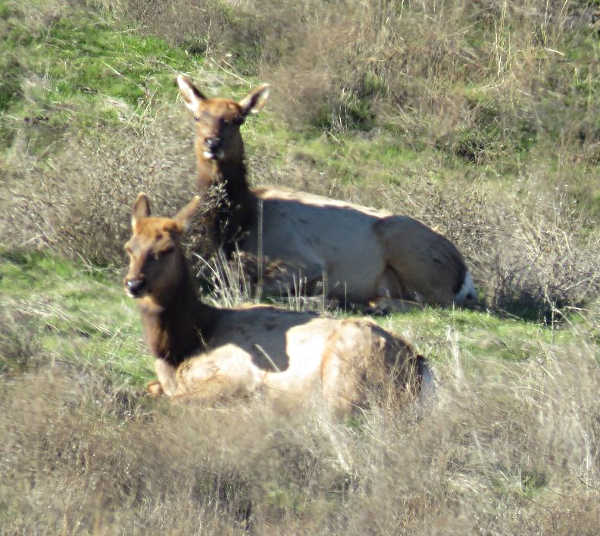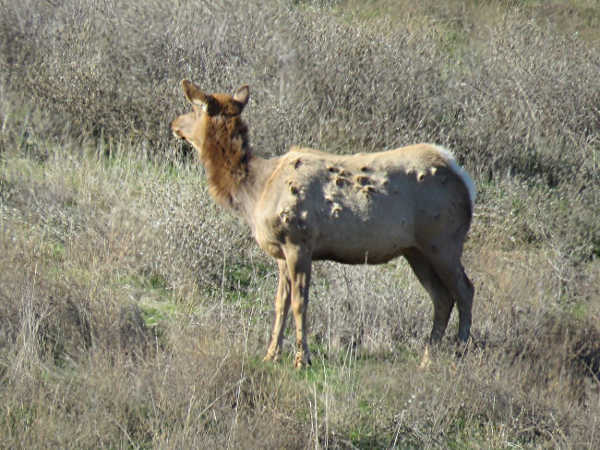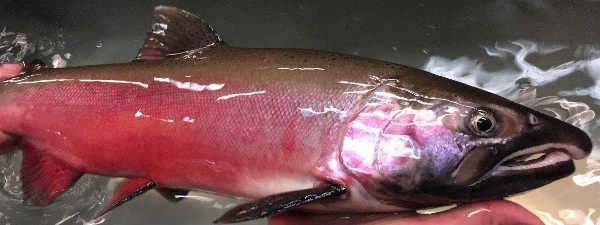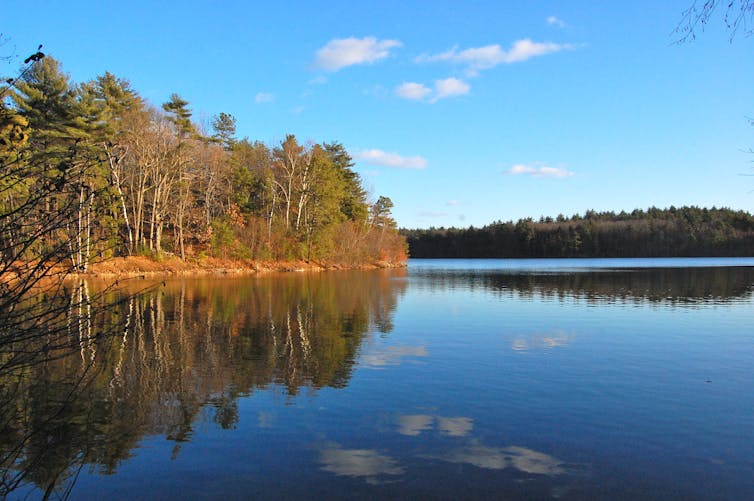- Kathleen Scavone
- Posted On
The Living Landscape: Everything from alarming times to elk

LAKE COUNTY, Calif. – What can anyone do right now during the latest in a series of major disruptions in our lives that affect so very many, but act responsibly and curb all activities away from our homes if at all possible.
Somehow, knowing that “this too, shall pass” like all crises doesn't help most of us much when you add up the ripple-effect of the coronavirus: the cost in lives, the damages to businesses and the economy, as well as the losses of the rich threads of community that weave our lives together in 'normal' times.
Without sounding Pollyannaish, what we do have now though is our hope: hope that the mortality rate will soon drop and nature will balance out in the end, keeping our cherished families and friends safe.
We also have an innate ability to feed our inner strength, rather than nourish the triple beasts of dread, panic and fear.
Also, we have one another, and in the land of 21st-century technology many of us possess the ability to stay connected. And that connection is truly a gift.
Previous to the pandemic I was out on Highway 20 heading toward the Bureau of Land Management’s Cache Creek Wilderness Area.
Just before the Redbud Trailhead sign I was treated to a sighting of Lake County's herd of tule elk.
The big beasts were grazing on grasses along with the aquatic plants in the nearby pond.
Elk have been observed munching on manzanita berries, blue oak branches, oak leaves and scrub oak.
Elk avoid humans and will abandon their favorite grazing grounds if people approach too closely.
The elk herds appear to associate with horses, however, as they have been spotted together on different occasions grazing and even galloping along together, along with tossing their heads in concert with horses.
Deer and elk tend to avoid one another and keep to their own kind. I snapped a few photos of the tule elk and noted their scruffy coats, so I contacted Joshua Bush at the California Department of Fish and Wildlife and asked him about it.
“Overall their coats look pretty good; they can be much scruffier looking,” Bush said. “You are correct that they are not likely molting into their summer coats because it is too early. The disrupted patches of fur you are seeing are likely from rubbing to remove tick or other bugs and rubbing on vegetation in general."
Our tule elk are a native subspecies to California, which should be called super-elk, since they are the only type which can withstand desert conditions.
Smaller and lighter than their cousins the Roosevelt elk and Rocky Mountain elk, the tule elk's population was around half a million before European contact.
Then, they ranged from the Sierra Nevada hillsides to the Pacific Coast, and north to Shasta along with their southern population extending to Kern County.
After the California gold rush tule elk suffered habitat loss with the introduction of non-native plants.
Elk herds had to compete for food with the range cattle and other livestock that were introduced then.
Along with those devastating elk herd disruptions came unregulated hunting that further wiped out tule elk numbers, bringing them to near-extinction.
Thankfully, tule elk hunting was banned in 1873 by the State Legislature.
In 1874 a game warden, A. C Tibbett happened upon a breeding pair of tule elk on cattle rancher Henry Miller's land in the San Joquin Valley, thereby producing evidence that the elk had not been completely decimated as was the fear.
In the 1970s conservation measures for the tule elk were put into place to protect these stately animals.
Now, elk numbers are estimated at about 5,000 with 22 separate populations.
The growing elk population is a true gift, ours to enjoy.
Kathleen Scavone, M.A., is a retired educator, potter, freelance writer and author of “Anderson Marsh State Historic Park: A Walking History, Prehistory, Flora, and Fauna Tour of a California State Park” and “Native Americans of Lake County.”















